Pest invasion! 13 household pests and how to banish them
How to stop pests in their tracks
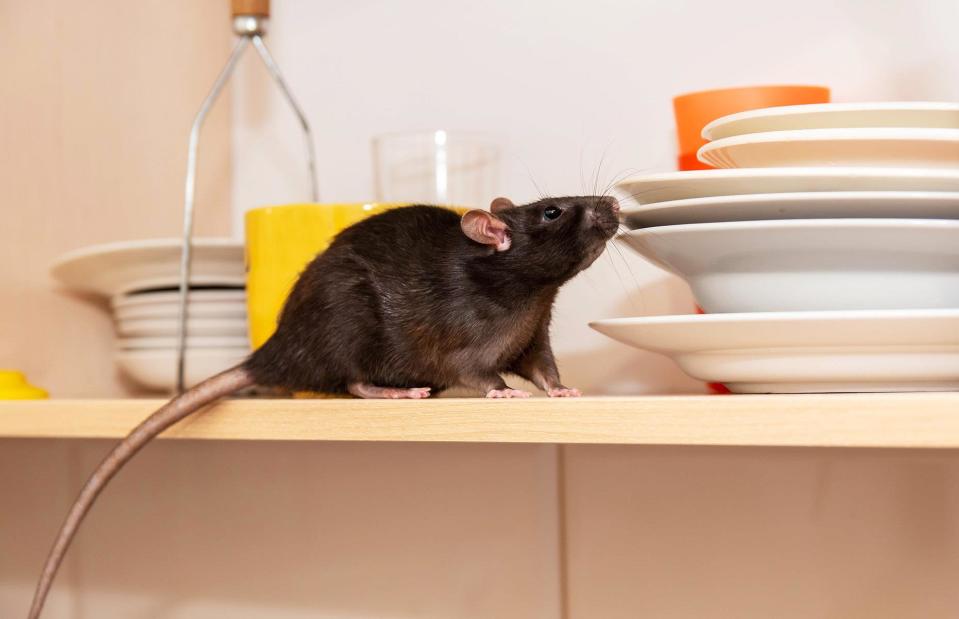
Nadya Buyanowa / Shutterstock
Throughout the year, homeowners face a range of common pests that can make their way inside our homes and live there rent-free.
From summer ant infestations to autumn spider outbreaks, discover the most commonplace household insects, bugs and pests. Find out exactly what's drawing them to your home and how to prevent them.
Read on for expert advice, but if you're squeamish discretion is advised...
Household pest: slugs
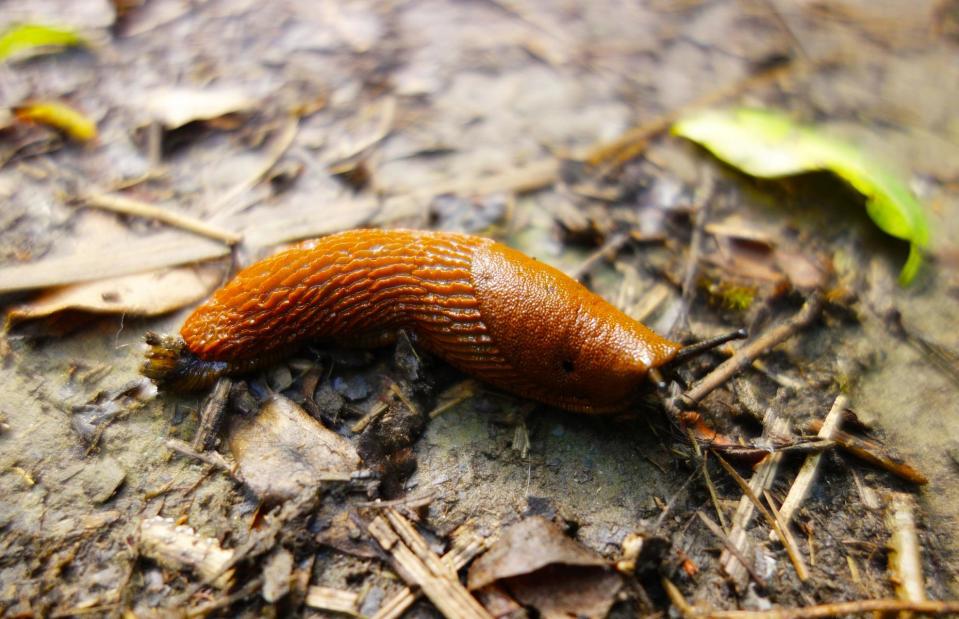
tonytao / Shutterstock
While slugs are a common garden pest, cold, wet weather draws them inside our homes. Their main reason for venturing inside is to search for food and once inside, they hide in dark and moist areas, like in basements or behind appliances.
With no bones, slugs can squeeze through the teeniest openings and they can scale walls, so you’ll have to use a forensic eye to look for places they could come in.
Slugs have an excellent sense of smell and if they're hungry, even left-out pet food could draw them in. They also love mould and algae, so addressing any damp issues could be a good first step to deterring them.
How to keep out slugs
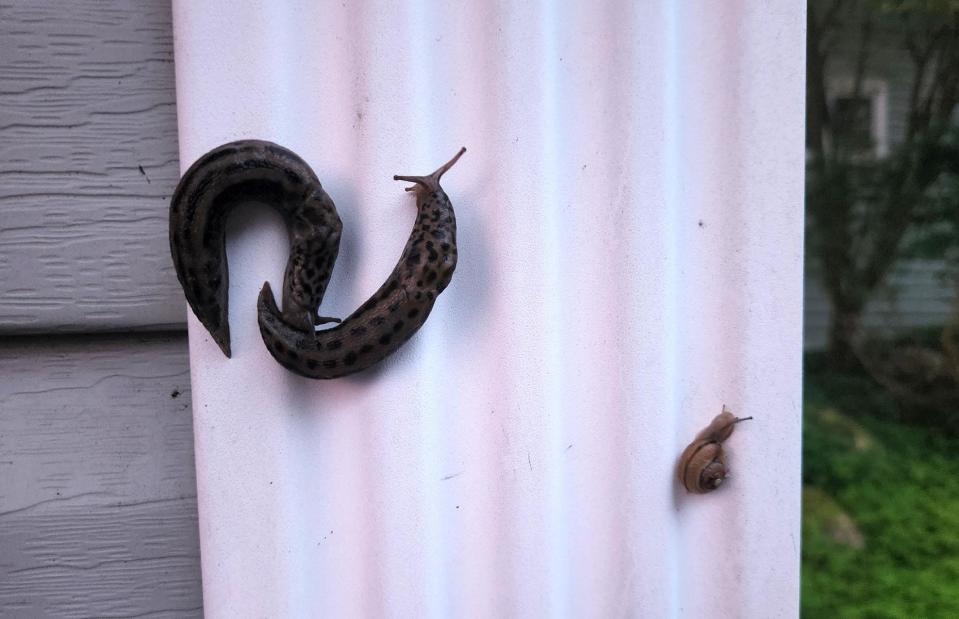
Julie Saint / Shutterstock
Slug pellets are a common deterrent, but be warned that as of April 2022 pellets containing metaldehyde are now banned in the UK as they pose a threat to pets and other animals.
Look for natural alternatives, such as Slug Gone by Vitax, which creates a barrier that slugs can’t stand, without hurting them or anyone else. Broken eggshells, sheep's wool and coffee grounds may also do the trick.
Copper tape around openings or inside homes can also help keep slugs out. The tape works by giving them a small electric shock if they touch it. And, of course, one of the most effective deterrents is to introduce natural predators that might keep slugs away, so consider adding a bird feeder or pond to your garden.
Household pest: spiders
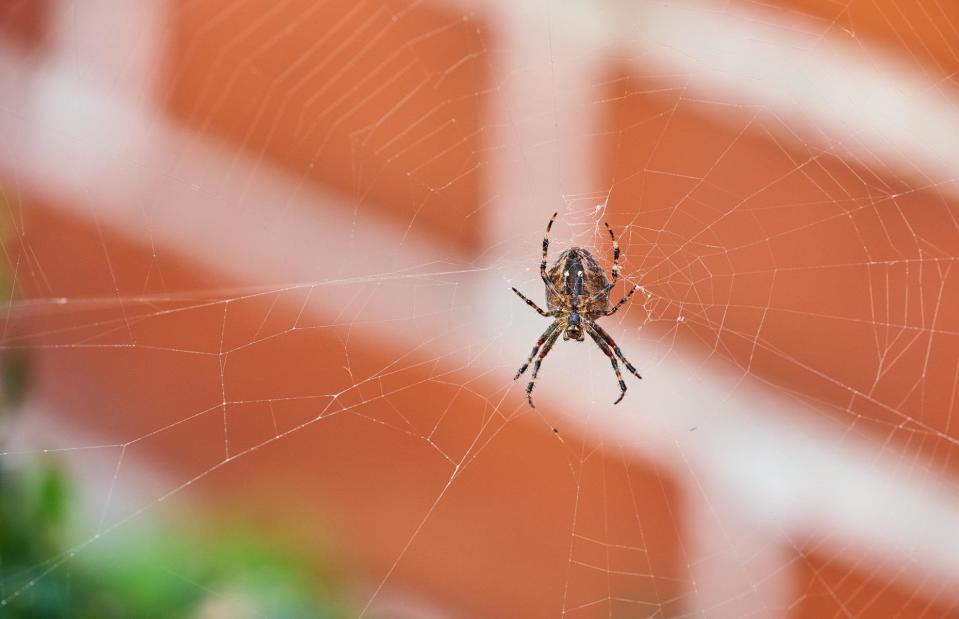
PeopleImages.com - Yuri A / Shutterstock
Surprisingly, the UK alone is home to over 750 million spiders, spanning 650 species. Some of the most common types include the cellar spider (AKA daddy long-legs), the False Widow spider, the giant house spider and the jumping spider. And countries with warmer climates have many times more – Australia, for example, has up to 15,000 spider species and South America has at least 8,302.
While many spiders love dusty, cluttered areas where they can lay their eggs undisturbed, they also enjoy humid areas like bathrooms, where they can get a drink. If you spot webs and egg sacks, give them a sweep with a broom or vacuum cleaner.
How to keep out spiders
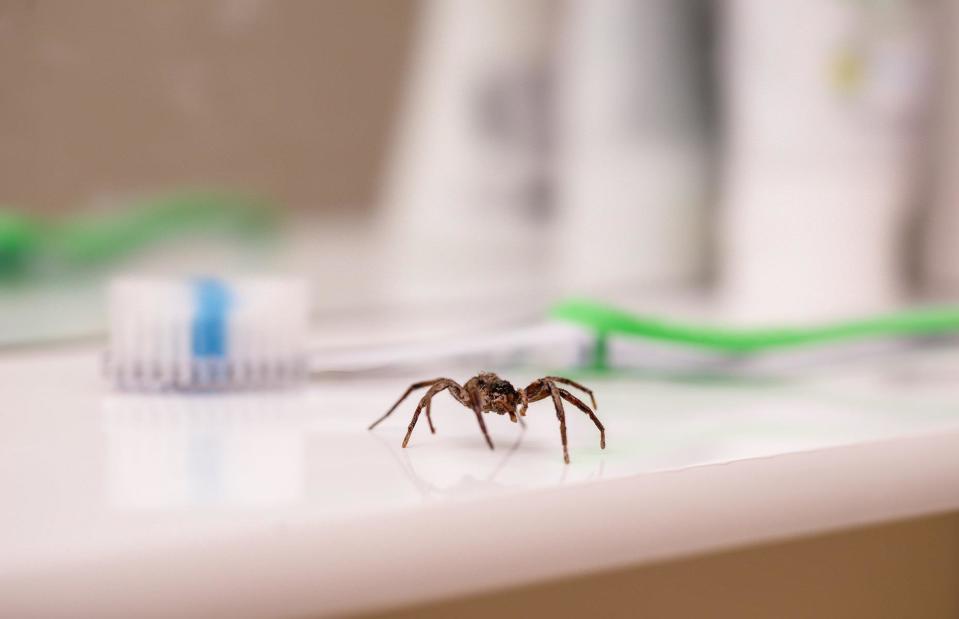
RHJPhtotos / Shutterstock
Spiders can get inside small cracks and holes, so fill in any obvious entry points in walls, floors and ceilings. Also, consider using yellow or sodium vapour lights outside, which are less attractive to insects compared to white lights.
For storage, sealed plastic containers are better than cardboard, which attracts insects. In addition, you could try natural repellents like cedar wood, mint and citrus-scented sprays, or even horse chestnuts (conkers).
Household pest: birds

SJ Allen / Shutterstock
We all love watching birds fly through the sky, but this doesn't mean we want them nesting in our roof or gutters. However, this is exactly where many flock when searching for a quiet, secluded spot to build a nest.
House sparrows, starlings, swifts and swallows all love nesting on houses. Different birds nest at different times of the year, but spring and summer are the most common.
How to keep out birds
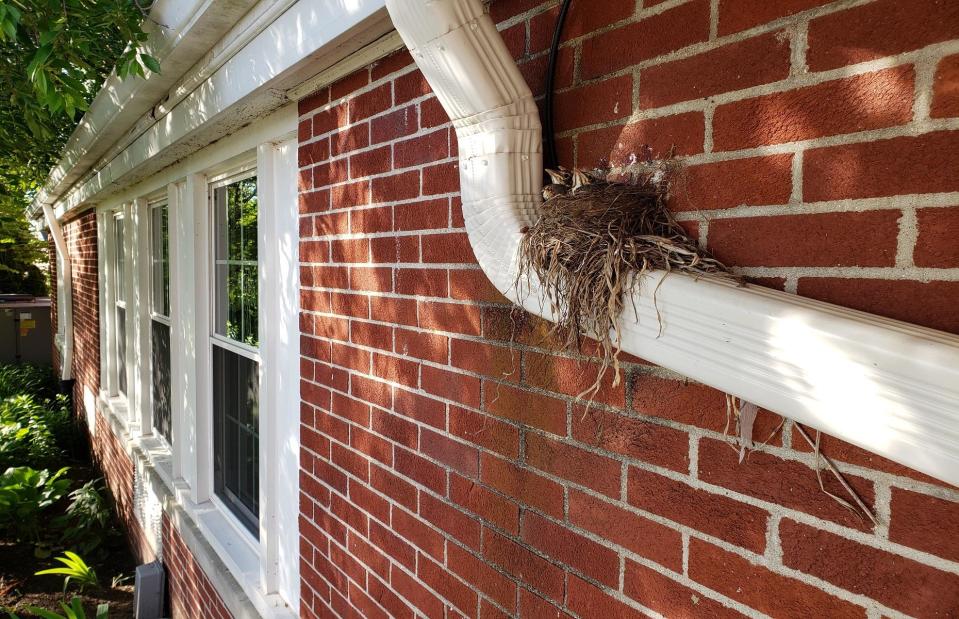
Xavier Suarez / Shutterstock
Not only can nesting birds cause a mess, but they can be noisy, too. The best way to discourage them from nesting on, or in, your property is to make it unappealing. Ensure all rubbish is secured under a fixed lid and any debris cleared away, since birds see rubbish as nest-building material.
Before winter, do a sweep of your home's exterior, looking for gaps or areas where birds could nest. If you find any, seal them up using wire mesh. To stop them from nesting inside gutters, consider lining yours with purpose-made spikes, or NestDiverters, a clear, acrylic shield.
Finally, placing a decoy prey bird (such as a plastic hawk) on the roof should discourage birds from sticking around.
Household pest: moths
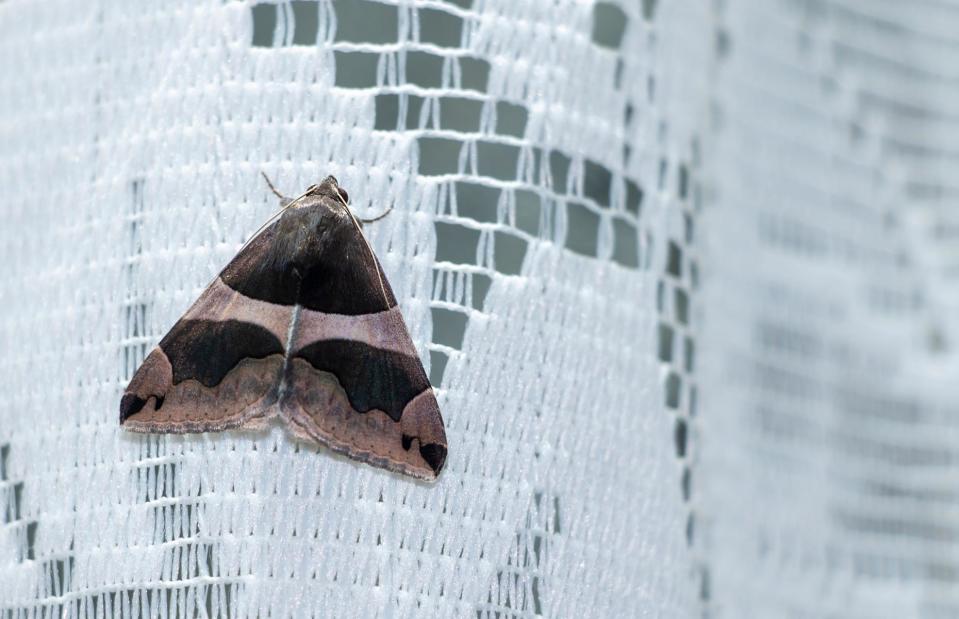
Bill Stefanis / Shutterstock
Moths come in all shapes and sizes, but it's clothes moths that many take issue with. These Lepidoptera insects have seen a rapid rise in numbers in recent years. They love dark, undisturbed areas and are particularly drawn to the human sweat, hair and oil we leave on clothes made of natural fibres. However, they will damage everything from upholstery to curtains.
Thanks to warmer weather and household heating, moths are a year-round problem. However, you may notice more between spring and autumn. Moths can enter the home through open windows and doors, or be carried in accidentally on our clothing.
How to keep out moths
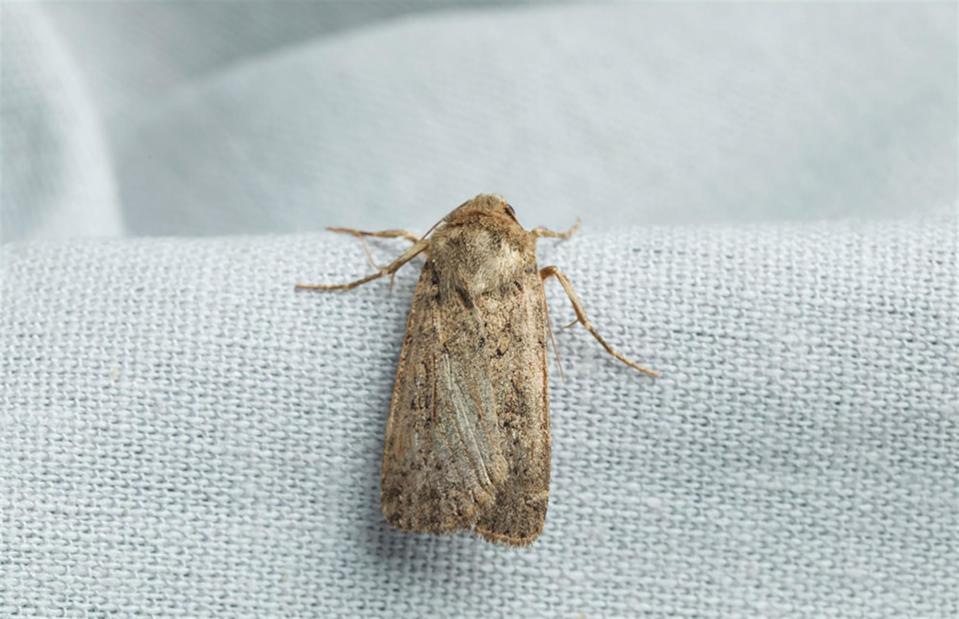
2022 New Africa / Shutterstock
Holes in clothes, webbing in wardrobes and musty smells can all be a sign that moths are lurking in your home. To prevent them, ensure you shake out clothes or thoroughly check furnishings and fabrics before bringing them inside, especially if they're second-hand or vintage.
Wash clothes before storing them away and consider keeping them in airtight bags. Cedar repels moths, so using cedar wood hangers can be a good way of deterring them. Vacuum regularly and clean your wardrobes twice a year with a vinegar and water solution.
Household pest: ants
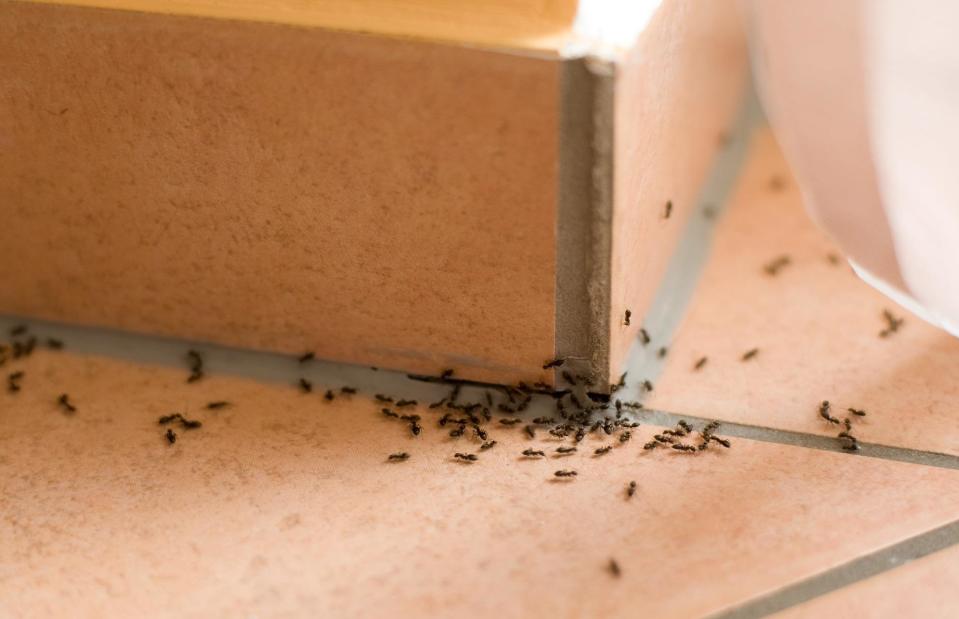
Shestakoff / Shutterstock
There are more than 10,000 different types of ants around the world. Highly sociable, they live together in organised colonies and communicate through scent, touch, motion and sound. Amazingly, they can lift 20 times their body weight.
All this is pretty fascinating, but that doesn't mean you'd want them crawling all over your house. Though they tend to live outside, as the weather starts to warm up in spring, they go in search of food – and like humans, they love sugar!
How to keep out ants
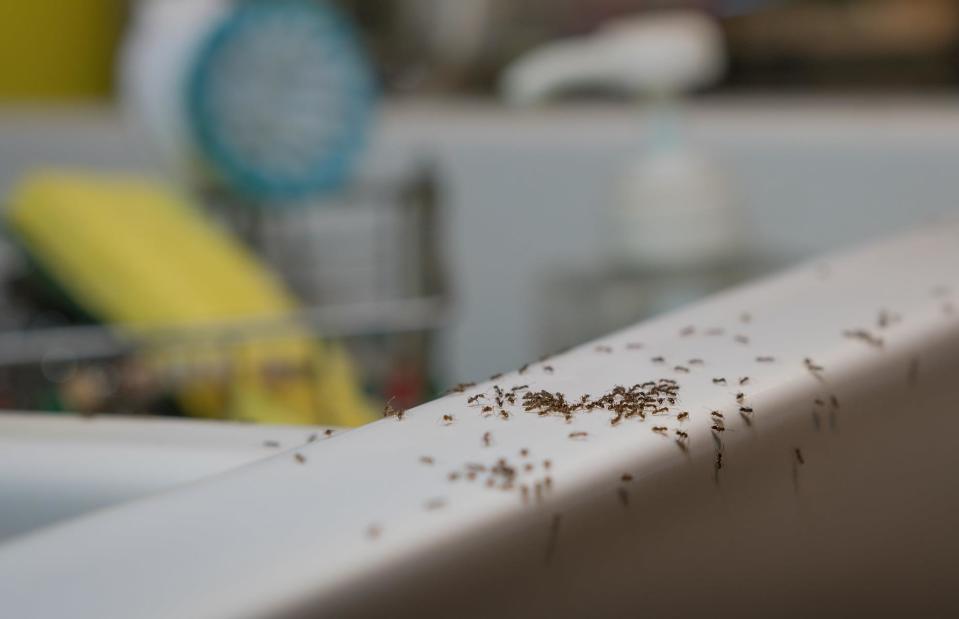
NancyP5 / Shutterstock
Ants can get into the home through the tiniest of cracks or gaps and will track down any residual cake crumbs, sugar granules or honey spills in a flash. Sadly, it can be extremely difficult to keep ants out, but fixing gaps under doors, poorly sealed windows and cracks in foundations can help.
Obviously, keeping your house nice and clean is the best way to keep them at bay – and we're talking about food storage areas in particular. Throw away rotting fruit, wipe up any spills and keep food in sealed containers. Natural products like salt, turmeric and paprika are also said to deter ants.
Household pest: silverfish
![<p>Chris / Flickr [CC BY-ND 2.0]</p>](https://s.yimg.com/ny/api/res/1.2/r92VFWxaR0Wmrx2ZSBWR_Q--/YXBwaWQ9aGlnaGxhbmRlcjt3PTk2MDtoPTYxOQ--/https://media.zenfs.com/en/loveproperty_uk_165/1ca4e72752b6e75c002b809850627297)
Chris / Flickr [CC BY-ND 2.0]
Silverfish are wingless insects that get their name from their colouring and the fact that they move similarly to a fish. They have a tapered body, generally between 12 and 19 millimetres (0.5-0.75in) long, a prominent tail, six legs and two antennae.
Silverfish can find their way inside through the smallest of gaps and cracks and are drawn to everything from sugar and starch to soap, hair and dust. They also love humidity, so can often be found in bathrooms, kitchens, cellars and laundry rooms. Unfortunately, they are active throughout the year.
How to keep out silverfish

eleonimages / Shutterstock
Luckily, there are several ways you can deter silverfish. Since they're drawn to excessive moisture, their presence could indicate a damp problem in your home. Therefore, fixing any damp issues is a great way of keeping silverfish at bay. Damp can be caused by leaks or a lack of ventilation and, if ignored, can lead to plaster decay, mould and even structural damage.
Keep your home clean and tidy, especially removing food crumbs from floors, and ensure gutters are free of blockages, to reduce dampness. A dehumidifier may also do the trick.
Household pest: flies

wael alreweie / Shutterstock
Flies are not only annoying; they're also responsible for contaminating food and spreading germs and even diseases. Coming in various shapes and sizes, household flies include the common fruit fly, the blue bottle and the housefly.
All flies lay their eggs near food sources, so can be drawn inside through open windows and doors. They will circle your home in search of food, debris and grimy spots, like rubbish bins, where they can lay their eggs. They love warm environments, too, so you'll notice more during spring and summer.
How to keep out flies
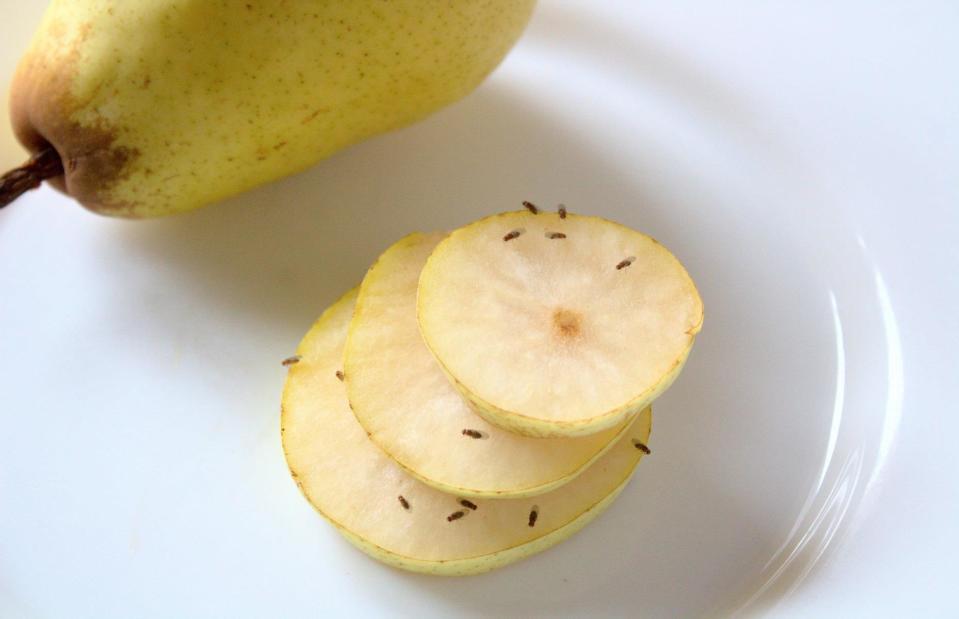
Martina Unbehauen / Shutterstock
Clearly, the best way to keep out these common summer pests is to keep your windows and doors closed but when it's hot, that isn't a very appealing option. Consider installing mesh screens on openings, to allow airflow while blocking bugs in their tracks.
Keep your house clean and tidy, too, emptying bins regularly and ensuring you don't leave dirty plates lying around the house.
Placing a cover over your fruit bowl, especially during summer, will prevent fruit flies from feasting and it's best to get rid of anything that's starting to rot, as this can encourage pests of all kinds.
Household pest: mice and rats
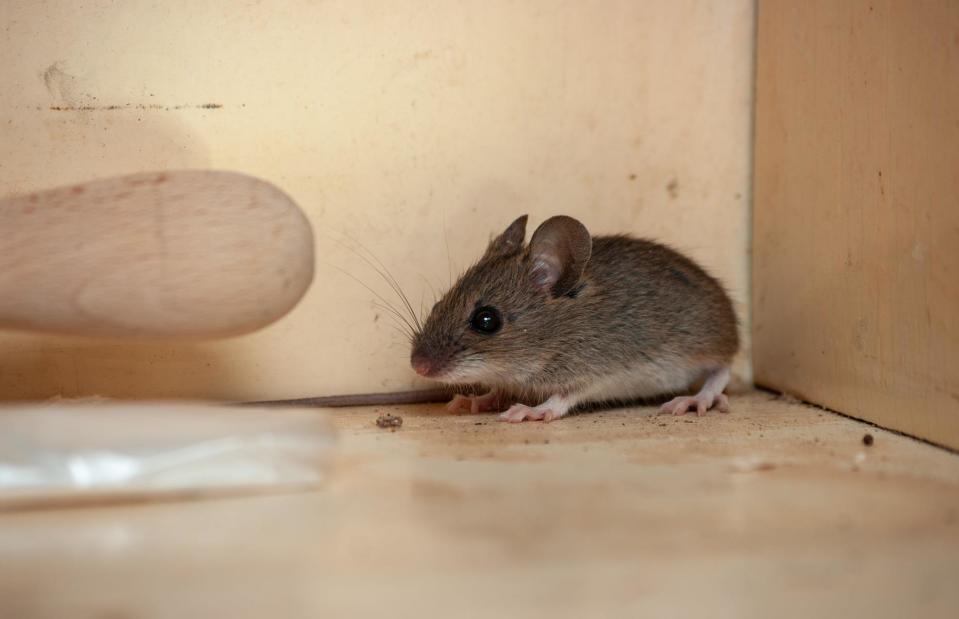
A. Pomidorov / Shutterstock
Common garden pests, mice and rats can carry diseases such as Salmonella and Listeria. While rats are considered worse, mice can actually be more dangerous, since they tend to nest indoors and pass their germs to humans through their urine, droppings and bedding.
Mice are one of the most common pest species and are active all year round, while rats tend to be around more during late summer and autumn. Both rats and mice come inside looking for warmth and shelter, and of course, readily available food. Plus, once they're in your house they can be a nightmare to get rid of.
How to keep out mice and rats

Nadya Buyanowa / Shutterstock
Mice can enter the home by climbing vines or trellis against the walls of your building. They only need a gap of 6mm (0.25in) to gain entry, so search for any potential entry points and seal them up with wire wool embedded in quick-setting cement. Focus on low-level gaps first, as these are the most likely areas for mice to enter.
For rats, ensure entry gaps around pipes are sealed and cover household waste. Remove potential nesting sites by keeping gardens clean and tidy, too. Finally, store food in air-tight containers and ensure crumbs are cleaned up straight away. Door sweeps or brush strips on external doors can also help keep out mice and rats.
Household pest: bed bugs

Simon Berenyi / Shutterstock
Is there anything more terrifying than the thought of bugs setting up home on your mattress? Bed bugs might be tiny but their presence can be mighty, causing skin rashes and irritation. So, where do they come from?
Generally, contamination is the main reason for bed bug infestations. For example, if you visit somewhere with a bed bug problem, you might unknowingly become a carrier, bringing them back to your home on your clothes or in your suitcase. Not just lovers of beds, these dinky critters will cling to clothing, luggage and even sofas – and they're a year-round nuisance.
How to keep out bed bugs
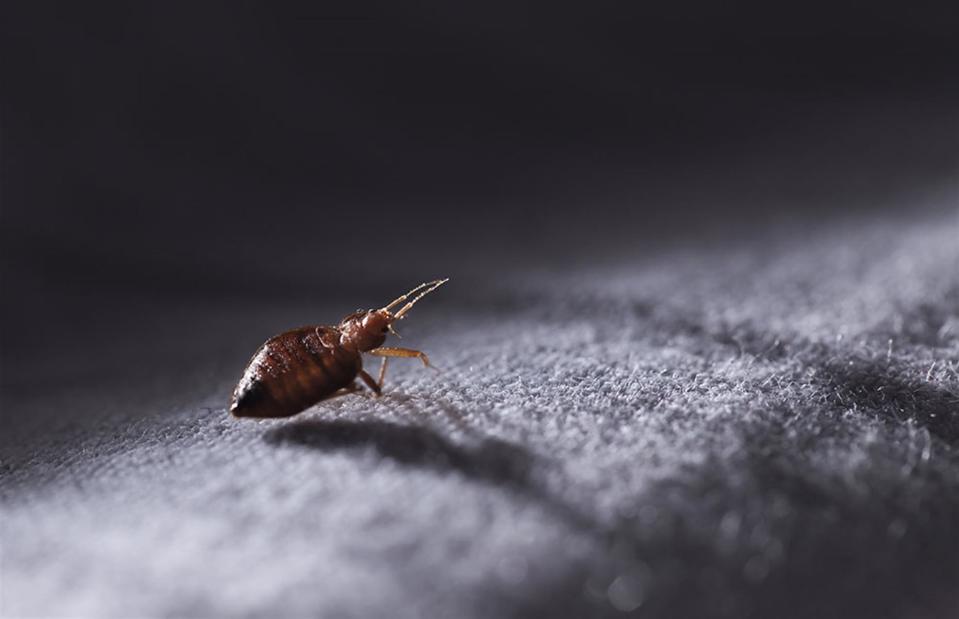
Akos Nagy / Shutterstock
Though it is often unavoidable, there are certain things you can do to stop bed bugs finding their way into your home. If you travel somewhere, consider leaving your bags and clothes far away from any upholstered surfaces until you have a chance to clean them.
Bed bugs and their eggs can hide in laundry hampers, too, so don't forget to clean them regularly. Buying second-hand furniture could also introduce bed bugs to your home, so thoroughly inspect items before bringing them inside. You can also buy mattress protectors designed to keep bed bugs at bay.
Household pest: mosquitoes and gnats
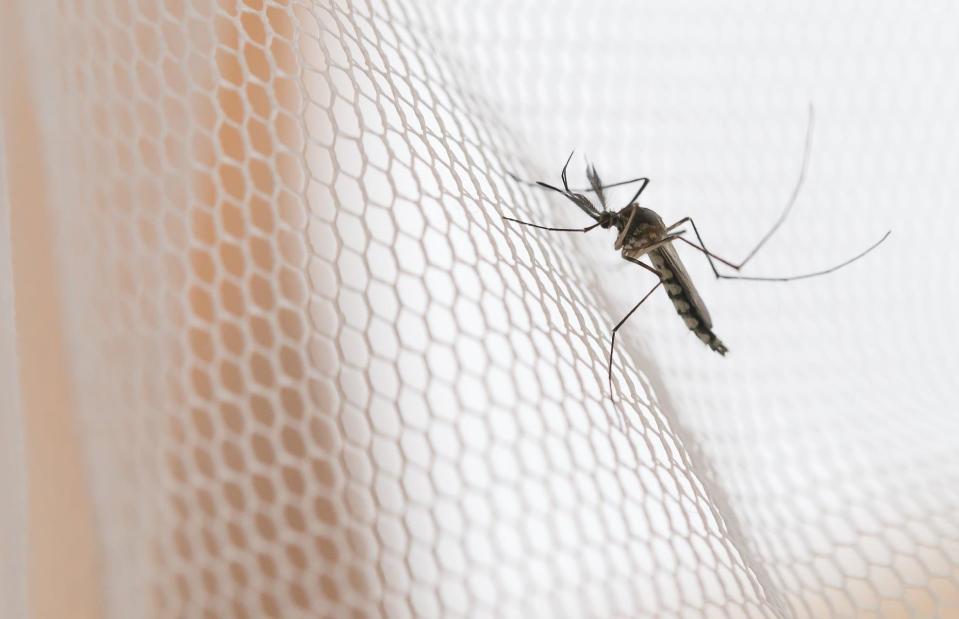
GrooveZ / Shutterstock
Mosquitoes and gnats love warm weather, which is why they tend to be more prominent during the summer months.
While their bites can be irritating and sometimes uncomfortable, they can carry diseases like malaria and dengue fever in tropical and sub-tropical countries and zika virus in Africa, the Americas, Asia and the Pacific. We definitely don't want them coming inside our homes, so how can we keep them out?
How to keep out mosquitoes and gnats
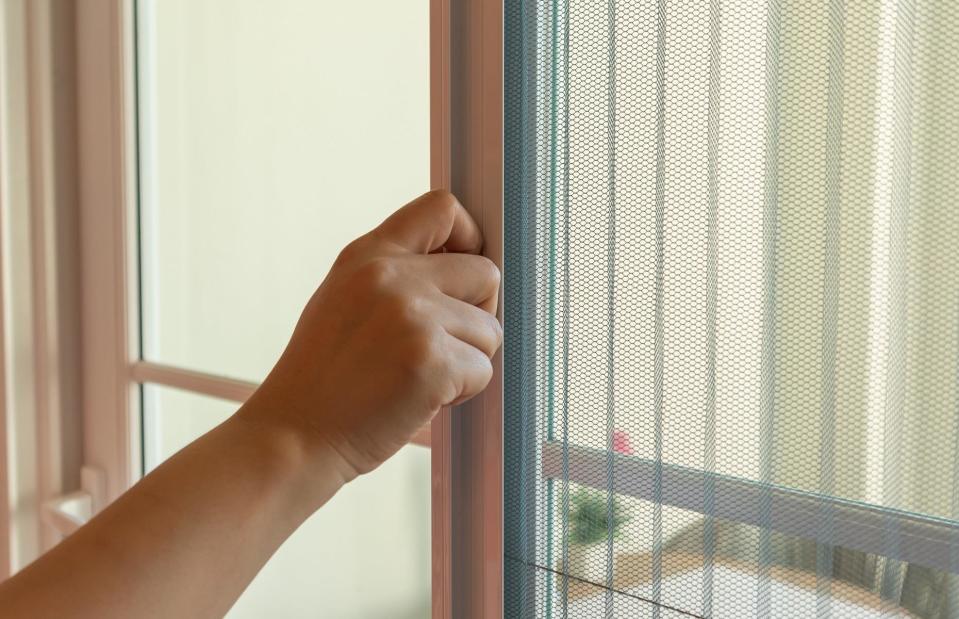
Kwangmoozaa / Shutterstock
Mosquitoes and gnats love stale water, so remove stagnant or standing water in plant pots and vases. Don't overlook your garden, either, unblocking guttering, clearing out watering cans and avoiding overwatering plants.
You could consider installing insect screens on your windows and doors, too, but a less drastic measure is to grow repellent plants on your balcony or patio. This will deter them from flying through your windows and doors. Opt for the likes of basil, eucalyptus, citronella and lavender, which will also attract bats that prey on mosquitoes and gnats. Of course, citronella candles are also a great option.
Household pest: cockroaches
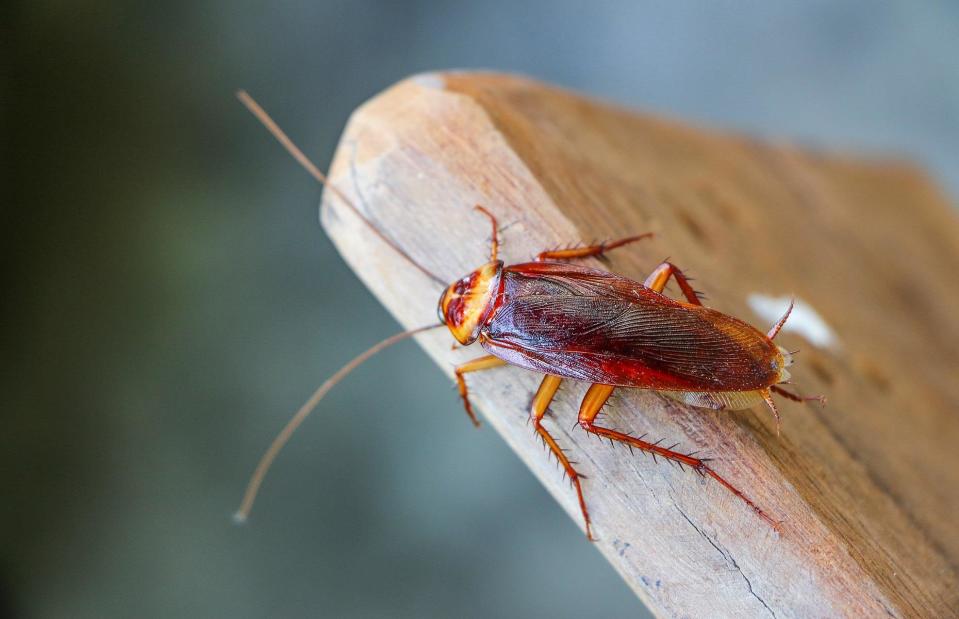
luis2499 / Shutterstock
Cockroaches can be found around the world in various shapes and sizes. In fact, there are more than 4,500 roach species globally. Prolific breeders and highly resilient, these insects crave warm, dark spaces. As long as the temperature indoors is above 10°C (50°F), roaches can remain active year-round, although they are more prevalent in the spring and summer months.
They find their way inside through tiny cracks and gaps, settling under appliances or in food cupboards, where they can feast on food debris. They particularly like sugary foods, starches and grease.
How to keep out cockroaches
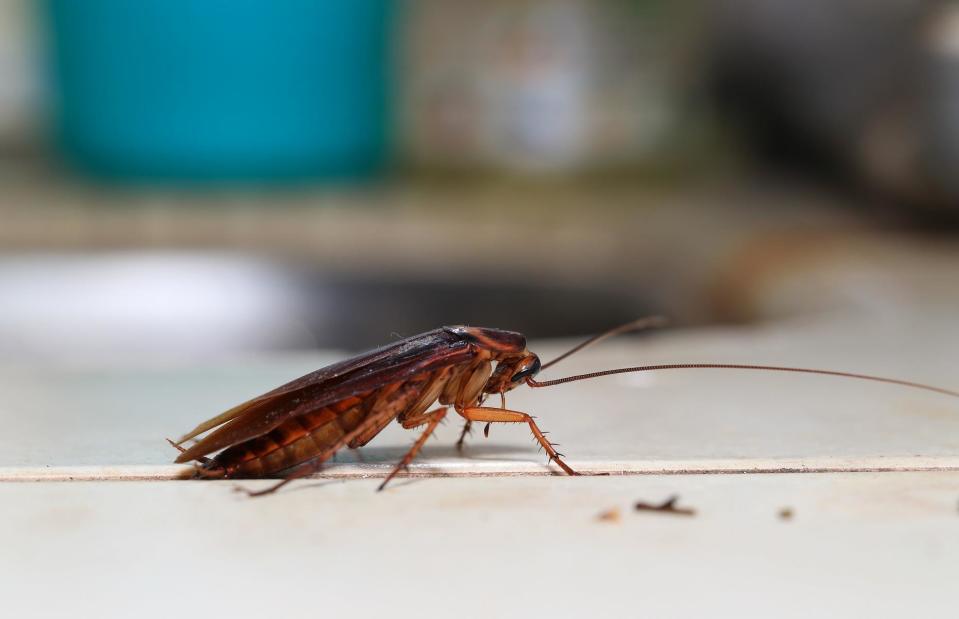
YewLoon Lam / Shutterstock
Filling gaps and cracks will stop them from being able to enter the house in the first place, but since cockroaches are drawn to everything from pet food to dirty dishes, soap and hair, regular cleaning is advisable. They also love rubbish, so ensure you take your waste out often and keep bins sealed to stop any insects from climbing inside.
Like all living creatures, they require water to survive, so fix leaky pipes and taps, and regularly change pet water bowls. Natural remedies like citrus, oregano and rosemary essential oils are considered effective roach repellers, too.
Household pest: earwigs
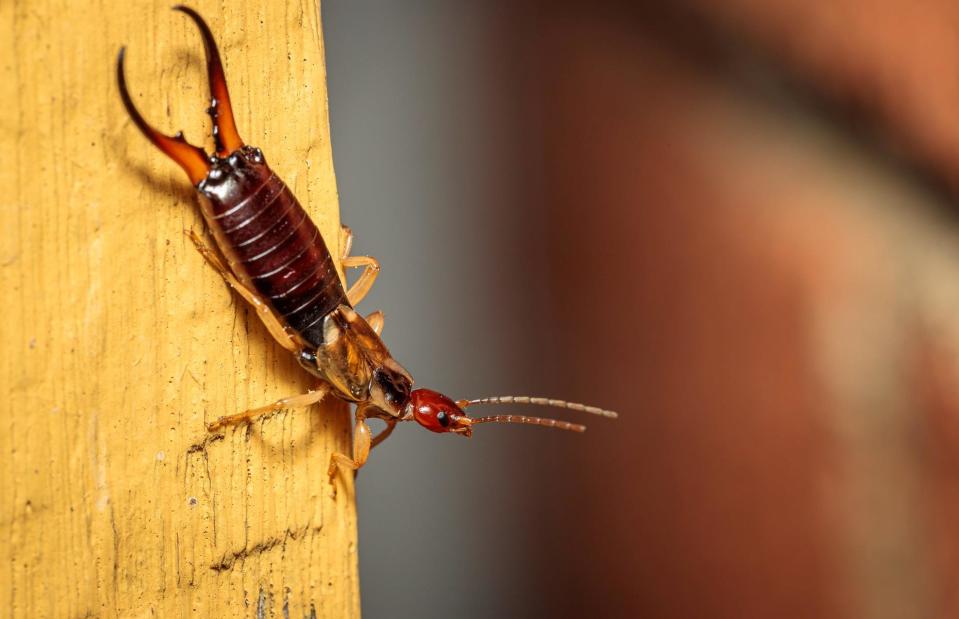
Jonathan Steinbeck / Shutterstock
Characterised by their long pincers, earwigs are largely nocturnal critters that seek out dark cracks and crevices to sleep during the day. They might be harmless, but that makes them no less unappealing.
They're drawn to damp areas, like cellars and bathrooms, where they can often be found crawling around the floor. Like many insects, they can enter the home through tiny hairline cracks and gaps, so keeping them out can be tricky. Earwigs are most likely to be seen in spring, summer and autumn in Europe, the Americas and Asia.
How to keep out earwigs
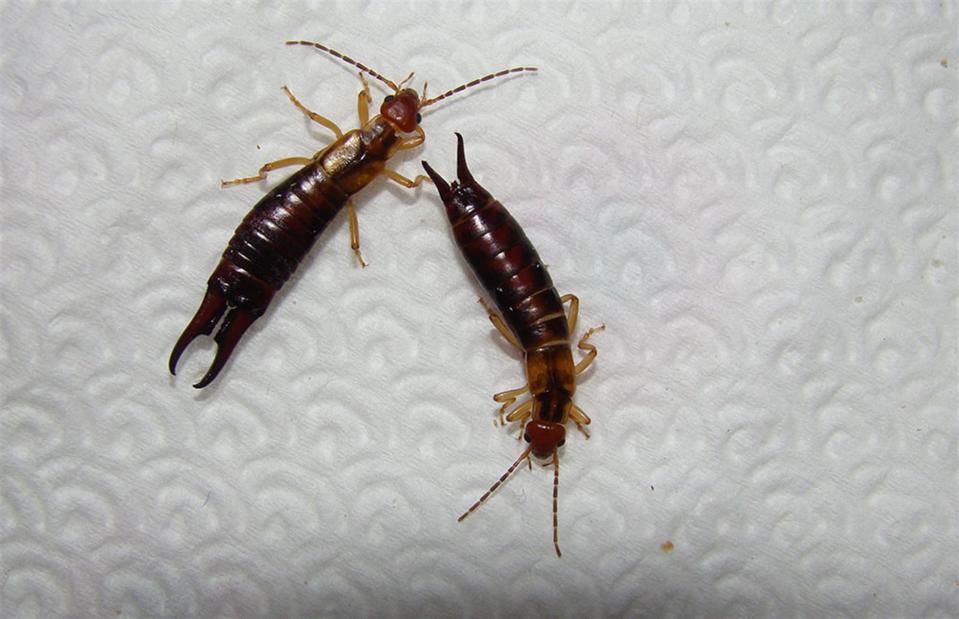
Dr.MYM / Shutterstock
One of the best ways to deter earwigs is to ensure your home is dry and well-ventilated. To remove moisture from the air and therefore create a less inviting environment for earwigs, consider investing in a dehumidifier.
Deal with any leaks in your home, too, and of course, check for small cracks that can be filled.
Household pest: Asian giant hornets
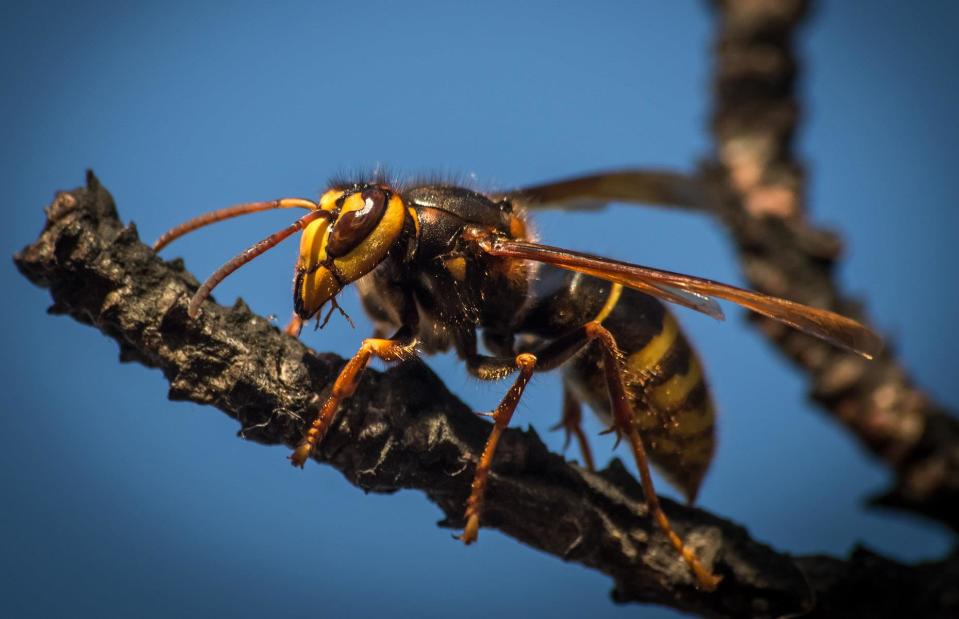
Andrey Aboltin / Shutterstock
Native to China, Southeast Asia and the Indian subcontinent, global warming means the Asian giant hornet has crept into mainland Europe and the UK. It has even been spotted in America's Pacific Northwest, although thankfully not since 2021, according to Newsweek.
While hornets aren't aggressive, they do pack a nasty sting, which they'll deploy if provoked, so you definitely don't want them nesting on your home or in your roof space or outbuildings. Crucially, they kill and eat honeybees, which are already in decline thanks to a changing climate, deadly varroa lice, habitat loss and the use of pesticides, so you'll want to keep them out of your garden too.
How to keep out Asian giant hornets
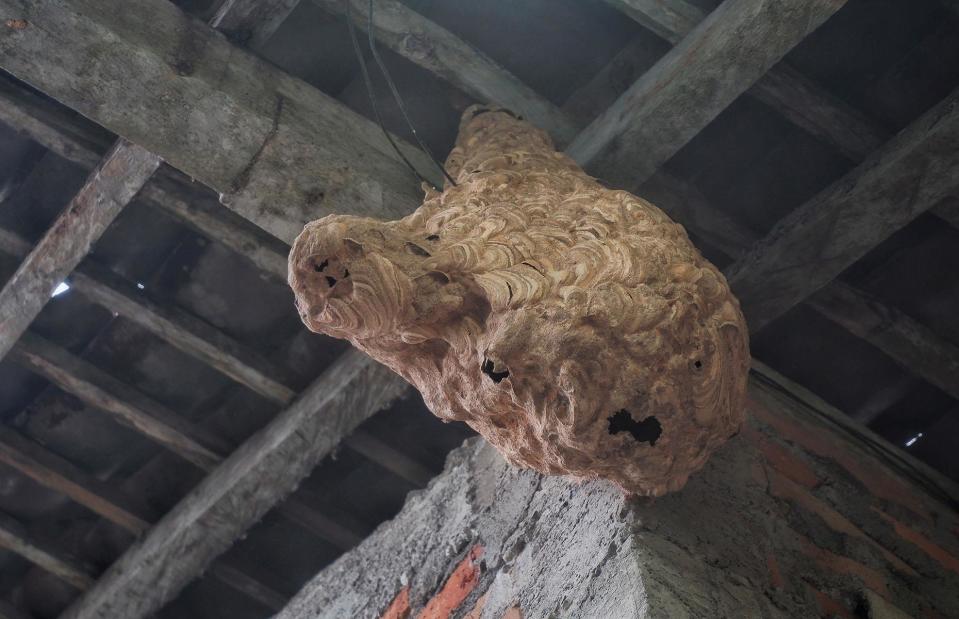
Adi purnatama / Shutterstock
Hornets like to nest in tree hollows and other tight spaces, but they will also build nests on or near buildings, so regularly check outbuildings and crawl spaces. Set up bird feeders in your garden to attract woodpeckers and magpies, which eat hornets and even break into their nests to steal larvae. Chickens also eat hornets, so consider getting a flock if you're worried about hornets entering your home.
Never interfere with a hornet nest; instead, call in an expert exterminator. If you spot an Asian giant hornet in the UK or the USA, you should take a photo if safe to do so and report the sighting – via the Asian Hornet Watch app in the UK or the Department of Agriculture in the US.


